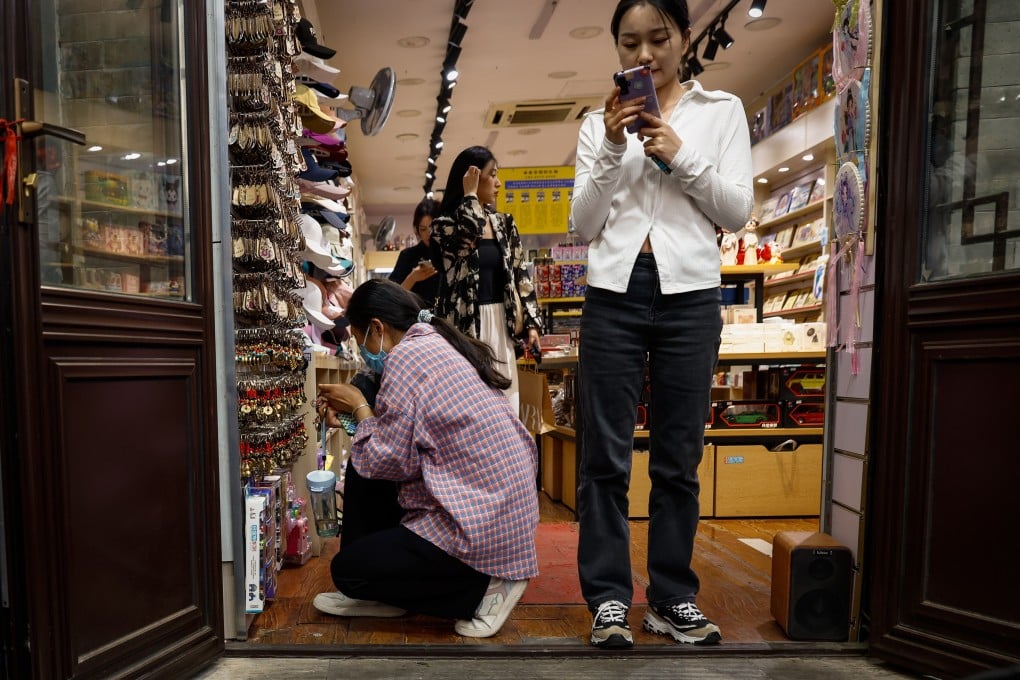Advertisement
Explainer | What do high US inflation and China’s deflation risk mean for the global economy?
- China’s consumer inflation was nearly at zero in April, while US inflation continued to rise by 4.9 per cent; their different approaches to recovering from the pandemic are evident
- For all of 2023, the IMF expects China’s consumer price index to rise by 2 per cent, compared with 4.5 per cent in the US
Reading Time:3 minutes
Why you can trust SCMP
1

As China’s consumer price index (CPI) approached zero growth in April, the numbers stood in sharp contrast to those of the United States, where inflation remained at a relatively high level of 4.9 per cent and kept pressure on the Federal Reserve.
Advertisement
The fire and ice situation serves to complicate a fragile global economic recovery that is already being haunted by the Russia-Ukraine war and persistent China-US trade tensions.
What is consumer inflation?
Consumer inflation is the rising costs of goods and services in an economy and, as a result, reflects the decreasing purchasing power of consumers, all other things being equal.
Rising income can offset the impact of rising inflation. “Real” income growth is adjusted to subtract the impact of inflation.
How big is the US-China inflation divergence?
China’s April consumer inflation grew by 0.1 per cent from a year earlier in April – the lowest rate since February 2021, according to the National Bureau of Statistics.

Advertisement